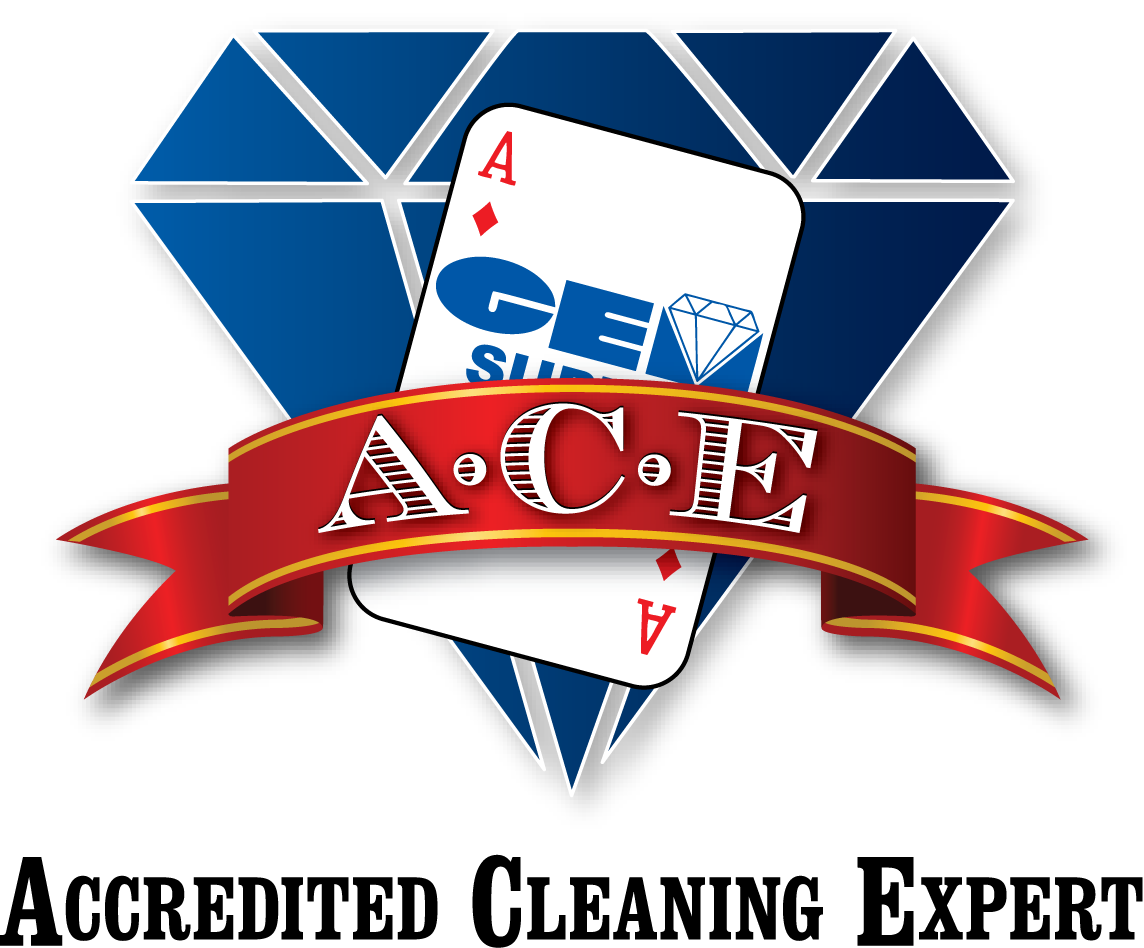The Evolution of Floor Finish: It’s Not Just Wax Anymore
Floor polishes have changed significantly over the decades, and as they’ve changed, so too has the floor maintenance industry.
Floor polishes have changed significantly over the decades, and as they’ve changed, so too has the floor maintenance industry. Natural waxes that played an integral part of the early floor maintenance polishes have gone by the wayside, and new polymer emulsion finishes have successfully taken their place.
Although there are many different varieties of floor polishes today, the challenge of floor polishes is still the same; they must protect the flooring material while being easy to clean, possess an acceptable gloss appearance that is maintainable and provide a safe surface to walk on. That’s an awful lot to ask of a thin film of plastic.
The term “wax” has been used for over a century in the floor maintenance industry, although it is now somewhat of a misnomer. Its roots come from the early days of floor maintenance with the use of natural waxes in early polishes. Many of the original waxes were made from the carnuba plant and mixed with a solvent to make a viscous paste wax.
These paste waxes were applied using steel wool pads and maintained by buffing them with soft brushes in conjunction with a slow speed rotary floor machine. Later carnuba waxes were suspended in water-based emulsions to form liquid wax that could be easily applied with a mop instead of steel wool, and were unproblematic to buff with a brush or soft pad.
When the first polymer emulsion floor seals and finishes entered the market, they set in motion changes that impacted floor maintenance then, and even more so today. The new floor polishes where more durable than waxes and the ease of application was simple enough that almost anyone could apply them without any trouble at all.
The early polymer emulsions were generally no-buff systems that were applied and left to dry into a durable film. At this time there was very little maintenance, you either scrubbed and recoated or stripped and refinished. So the floors would start out looking very good and slowly (sometimes quickly depending on traffic) deteriorate to an unacceptable appearance.
Cross link metal interlock floor finishes entered the market, which resulted in durable floors that would hold up much better than natural and early synthetic waxes. With them came spray buffing methodologies that incorporated synthetic pads used in conjunction with low speed floor machines. The finish was usually watered down 50/50 and applied to the floor using a spray bottle in a small area. The process filled in superficial scratches with floor finish and was buffed to a slightly higher gloss by smoothing the surface with the floor machine and pad. This was a method that was widely used and is still referenced in many specifications to this day.
Unfortunately, spray buffing was a time-consuming and a very slow process. In order to speed up the process, high-speed and ultra high-speed buffing machines were invented and better results were achieved quicker. With the new machines came new variations of pads and floor finishes.
The new floor finishes were incorporating pure acrylic, styrene acrylic and in some cases urethane polymers. Some of these floor finishes became too hard and difficult to maintain, that’s when thermoplastic polymers hit the market. These new floor finishes made a significant change in floor maintenance. Thermoplastic floor finishes had the ability to become malleable with heat and friction, but when they cooled down, they would transform to a durable film. Battery and propane buffing equipment was invented to maintain this new generation of floor finish and the “wet look” was easily achieved and maintained.
Most of the history of floor finish has focused on the durability, ease of cleaning, appearance and safety of the film. Modern developments of floor finish include more durable polymers (semi-permanent and permanent systems), higher solids content, matte finishes and slip resistant formulations. One of the newest developments is the use of anti-microbial preservatives in floor finishes.
This new technology allows for an EPA-registered broad spectrum biostatic preservative to be incorporated into floor finish. The new development results in a film that inhibits the growth of microorganisms that it comes in contact with. This is not to say that it kills organisms that it comes in contact with, rather it prevents micro-organisms from reproducing by destabilizing metabolically active cell membranes which result in subsequent growth inhibition and cell death.
The impact that antimicrobial preservatives in floor finish may have is extremely important for floor maintenance programs in any environment. But it is even higher when you consider the additional protection that can be attained in the healthcare, education, day care, assisted living and any other environment where micro-organisms exist. This may very well be the single most important development for the future of floor maintenance in those environments.
The evolution of floor finishes has truly been a phenomenon when you think about it. When the combination of wind, water and gravity can erode the Himalayas, what chance does a thin polymeric film have against the same elements? The ability to continually restore the “wet look” of that thin film over and over again is nothing short of amazing. And now that technology has given us the ability to build anti-microbial preservatives into floor finish that protect us against what we can’t see, I would say we are treading on ground that is very close to miraculous. Well, I guess it’s not just wax anymore.
Stanley Quentin Hulin has been actively involved in the industry, providing services, management and sales/marketing expertise since 1975. Stan conducts training seminars and clinics, establishes educational programs and serves as a speaker at industry conventions and meetings.
All information gathered from ICSMAG.Com
![]()

